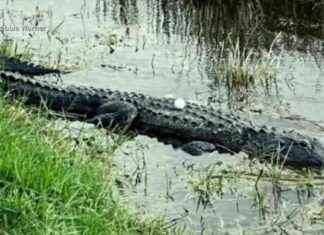Because of their ingenious ability to eat polystyrene, aEUR,” the material behind the plastic foam, a group of hungry insects could be the answer to saving the planet. These “superworms” might one day be able to eliminate landfills from this waste, and put an end to global warming.
Chris Rinke and other researchers at the University of Queensland, Australia are currently studying the larvae of darkling beetle aEUR”, or zophobas moribo, as it is known scientifically. The researchers published an earlier month study in Microbial Genomics, which found that the bugs can survive on polystyrene and, in 66.7% cases, turn into beetles if they are given a very poor diet.
Rinke stated that they are “really eating machines” in an interview with NPR’s Morning Edition. Rinke said that their main goal is to gain weight so they can become pupae and beetles. They aren’t picky eaters.
Superworms’ microbiomes allow them to survive on plastic food thanks to their gut microbiomes.
These so-called superworms eat a variety of decaying materials in their natural environment. They can even eat animal carcasses and rotten wood.
This is the secret to superworms’ guts, specifically their microbiomes. Scientists studied the way that larvae breakdown some of the plastic waste produced by humans. As they cut and dice the white stuff, the insects make enzymes.
We could build huge worm farms and feed millions of them polystyrene. Rinke stated that the enzymes are a better option and scales much better.
He says that the ultimate goal is to synthesize these enzymes in a laboratory to recycle plastic. To do this, he spreads an emulsion he calls an “enzyme cocktails” over shredded plastic. The material could then be upcycled into bioplastics aEUR,” which can take the shape of very useful products such as corn-based utensils.
“Polystyrene is a low-value product. It goes through biological degradation using enzymes. Then you can feed it microbes to make bioplastic which is actually a more valuable product. He explained that this would “break the cycle” of waste.
But in order for a solution like this to exit the realm of science-fiction and enter reality, consumers will also need to step up to the plate by spending more on ecologically-friendly products, which would in turn help reduce plastic production.
Rinke stated that plastic recycling rates were very low.
He stated, “I believe the long-term vision of using what nature has to offer to help us degrade the synthetic Polymers we have made from Petroleum and then slowly transition to Natural Polymers.”
Rinke sees it as a personal journey that he has made with his wife, and that started with a trip across the Pacific Ocean on a sailboat.
We stopped on a beautiful, uninhabited island in French Polynesia. There we stayed for a week. It was paradise. He said that you can see plastic if you really look closely.
“You are on a tropical island thousands of miles from any continent, and you see plastic debris. Plastic is everywhere. That was why I decided to investigate it.”
He is hopeful that the tiny bug’s guts will make the world a better, greener place.







